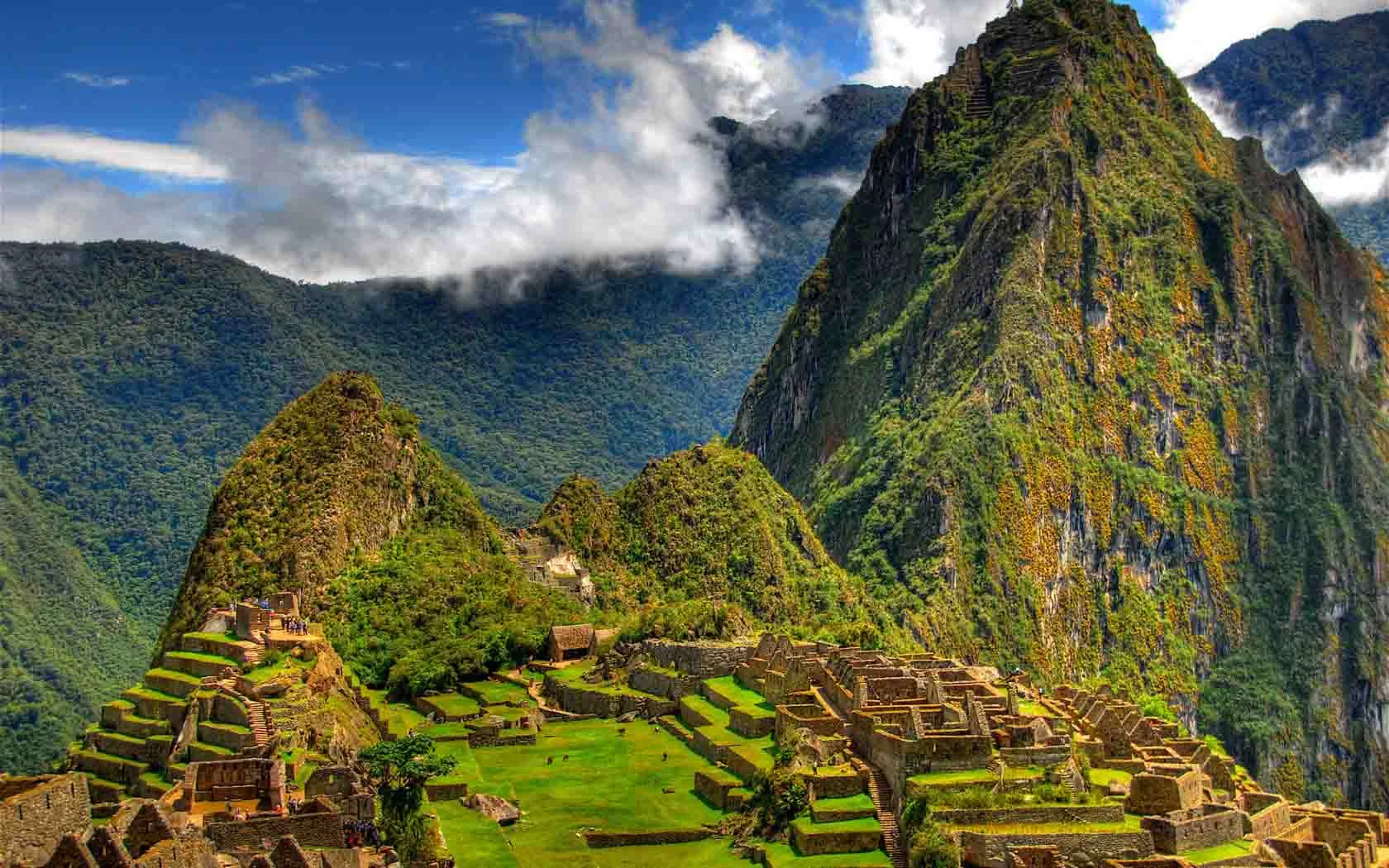
Machu Picchu - Top Peruvian Tourist Destination Sets A Visitor Limit | Travel News
Machu Picchu, one of Peru’s most renowned tourist spots, will limit visitor access to 5,600 people per day during the 2025 high season, as outlined by a recent Ministry of Culture (Mincul) resolution. This restriction aims to manage tourist numbers and protect the archaeological site in the Urubamba province of the Cusco region.
The resolution specifies that this visitor cap will apply on key dates, including January 1, April 17-20, June 19 to November 2, and December 30-31. These periods see the highest influx of tourists, necessitating control measures to preserve the site.
Constructed around 1450 and rediscovered in 1911, Machu Picchu holds immense historical and cultural value. Since explorer H. Bingham’s reappraisal in 1911, it has drawn global attention, enchanting visitors with its history and breathtaking views. Perched at 2,445 meters above sea level, the 12-hectare citadel attracts thousands of visitors each month.
Regulating tourist flow is essential to prevent degradation of this prominent historical monument within the sanctuary.
Tickets for Machu Picchu are exclusively available on the official site, tuboleto.culture.pe, as stipulated by regulations from the Minister of Culture, Fabricio Valencia Gibaja. This online platform enables visitors to plan in advance and enhances control over daily visitor numbers.
As an iconic international attraction, Machu Picchu requires preservation policies to sustain it as an economic asset for the Cusco region and for future generations.
Each year, the maximum visitor capacity is determined through a ministerial resolution based on a technical report from the Decentralized Directorate of Culture of Cusco, due by October 31. During peak months, visitor numbers are expected to approach the set capacity.
These efforts prioritize safeguarding Machu Picchu’s cultural and historical integrity. By regulating visitor numbers, the Ministry of Culture aims to minimize damage caused by growing tourism over recent years.
Alongside visitor limits, the protocol includes guidelines to enhance the tourist experience and ensure organized, eco-friendly visits. These policies reflect ongoing initiatives to balance tourism promotion with cultural heritage protection.
Check Our Suggested Tours:
- From the Heart of the Jungle to the Sacred Mountain: A Luxury Expedition Through the Amazon & Ausangate 16d/15n
- The Soul of Two Worlds: A Grand Amazon & Andes Expedition 14d/13n
- Following the Path to the Sacred Sun Gate
- Peru By Belmond Tour
- Honeymoon In Peru - Peru Honeymoon Packages
- Family Adventure Tour
